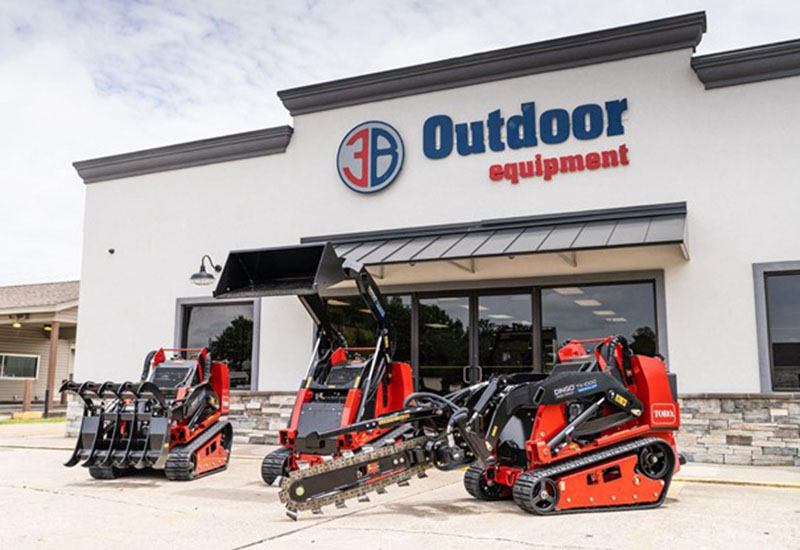The Role of GPS Trackers in Asset Monitoring: Practical Applications
The Role of GPS Trackers in Asset Monitoring: Practical Applications
GPS trackers have revolutionized asset monitoring across various industries. These devices provide real-time location data and enhance security, efficiency, and management of valuable assets. Here are several practical applications of GPS trackers in asset monitoring:

Example 1: Construction Equipment Management
A major construction company implemented GPS trackers on their heavy machinery and equipment to improve asset management. Construction sites are often sprawling, making it challenging to keep track of equipment locations. By using GPS trackers, the company could monitor the real-time location of their assets, preventing unauthorized use and reducing downtime caused by misplaced equipment. This resulted in better project management, reduced operational costs, and enhanced overall efficiency.
Example 2: Agricultural Asset Tracking
A large agricultural firm employed GPS trackers to monitor their farming equipment, including tractors and harvesters. During peak seasons, ensuring that equipment is used optimally is crucial for productivity. The GPS trackers provided real-time data on equipment usage and locations, enabling the firm to optimize their deployment and maintenance schedules. This not only maximized the equipment's operational life but also improved harvest efficiency and reduced fuel costs.
Example 3: Logistics and Supply Chain Management
In the logistics industry, a company specializing in transporting high-value goods used GPS trackers to monitor their shipments. Each container was equipped with a GPS tracker, allowing real-time tracking throughout the delivery process. This transparency ensured that the company could provide accurate delivery updates to their clients and quickly address any route deviations or delays. The increased visibility into the supply chain improved customer satisfaction and reduced the risk of cargo theft, thereby safeguarding valuable assets.
Example 4: Monitoring Valuable Artwork
A museum with a traveling exhibit of valuable artwork implemented GPS trackers in the frames and crates of each piece. Art pieces in transit are vulnerable to theft and damage, making security a top priority. The GPS trackers allowed the museum to monitor the precise location of each piece in real-time and set geofencing alerts to notify them if any item left a designated route. This application of GPS tracking technology ensured the safe transport of the artwork, maintaining the integrity of the exhibit and providing peace of mind to the museum curators.
Example 5: Managing Medical Equipment
A healthcare provider used GPS trackers to monitor expensive medical equipment such as MRI machines and portable diagnostic devices. Hospitals and clinics often share high-value equipment, and keeping track of these assets is critical to ensure they are available when needed. The GPS tracking system allowed the provider to monitor the equipment's location and usage patterns, reducing instances of loss and ensuring timely maintenance. This improved the utilization rates of the medical equipment, leading to better healthcare service delivery.
Conclusion
The application of GPS trackers in asset monitoring has proven to be transformative across various industries. From construction and agriculture to logistics and healthcare, GPS tracking technology enhances security, optimizes resource use, and improves operational efficiency. The examples provided illustrate how GPS trackers can be effectively utilized to monitor valuable assets, ensuring their optimal use and safeguarding them against loss or theft. As technology continues to advance, the role of GPS trackers in asset monitoring will likely expand, driving further innovations and efficiencies in asset management practices.

